
A blog focusing on 1/64 diecast from such popular brands as Hot Wheels, Matchbox, Johnny Lightning, M2 Machines, GreenLight, Tomica, Yat Ming, Majorette, MotorMax, Siku, Corgi, Guisval, Playart, Ertl, Zylmex, Racing Champions, & many more. Swifty's Garage features a daily Car Of The Day and news updates from your favorite brands!
Wednesday, January 12, 2011
Car Of The Day: January 12, 2011
Today's car of the day is Matchbox's 1929 Ford Model A Deluxe Coupe.
The Ford Model A of 1927–1931 (also colloquially called the A-Model Ford or the A, and A-bone among rodders and customizers) was the second huge success for the Ford Motor Company, after its predecessor, the Model T. First produced on October 20, 1927, but not sold until December 2, it replaced the venerable Model T, which had been produced for 18 years. This new Model A (a previous model had used the Model A name back in 1903–1904) was designated as a 1927 model and was available in four standard colors, but not black.
The Model A was produced through 1931. When production ended in March, 1932, there were 4,849,340 Model As made in all styles. Its successor was the Model B, which featured an updated 4-cylinder engine, followed by the Model 18 which introduced Ford's new V8 engine.
For more information and pictures of the real car please visit: Ford Model A
This nice little hot rod from Matchbox is another recent purchase from Pegers (thanks Dan!). What I like most about this one (aside from the paintjob!) is the fact that the bodywork is mostly stock appearing. Yes, the car is jacked up in the rear to give it a rake, and let's not forget the size of those rear tires, but the body does not appear to have been chopped at all, which is unusual for a hot rod. It makes me think a skilled customizer could turn this into a nice stock Model A with relative ease.
Prices for the Model A ranged from US$385 for a roadster to $1400 for the top-of-the-line Town Car. The engine was a water-cooled L-head 4-cylinder with a displacement of 201 cu in (3.3 l). This engine gave the car 40 horsepower (30 kW). Typical fuel consumption was between 25 and 30 mpg (U.S.) (8 to 12 kilometres per litre or 8-9 L/100 km) using a Zenith one-barrel up-draft carburetor, with a top speed of around 65 mph (104 km/h). It had a 103.5 in (2,630 mm) wheelbase with a final drive ratio of 3.77:1. The transmission was a 3-speed sliding gear unit with a 1-speed reverse. The Model A had 4-wheel mechanical drum brakes. The 1930 and 1931 editions came with stainless steel radiator cowling and headlamp housings.
The Model A came in a wide variety of styles: Coupe (Standard and Deluxe), Business Coupe, Sport Coupe, Roadster Coupe (Standard and Deluxe Image:1931 Ford Model A Deluxe Coupe.jpg), Convertible Cabriolet, Convertible Sedan, Phaeton (Standard and Deluxe), Tudor (Standard and Deluxe Image:1931 Ford Model A Deluxe Tudor.jpg), Town Car, Fordor (2-window) (Standard and Deluxe), Fordor (3-window) (Standard and Deluxe), Victoria, Station Wagon, Taxicab, Truck, and Commercial.
The Model A was the first Ford to use the standard set of driver controls with conventional clutch and brake pedals; throttle and gearshift. Previous Ford models used controls that had become out of date and uncommon to drivers of other makes. The Model A's fuel tank was located in the cowl, between the engine compartment's fire wall and the dash panel. It had an optic fuel gauge and the fuel was distributed to the carburetor by gravity. In cooler climates, owners could purchase an aftermarket cast iron unit to place over the engine's exhaust manifold to bring heated air into the cab. A small door could be opened or closed to adjust the amount of hot air entering the cab. Model A was the first car to have safety glass in the windshield.
The Soviet company GAZ, which started as a cooperation between Ford and the Soviet Union, made a licensed version of the Model A from 1932-36. This itself was the basis for the FAI and BA-20 armored car, which saw significant use as scout vehicles in the early stages of World War II.
In addition to the United States, Ford made the Model A in plants in Argentina, Canada, France, Germany and the United Kingdom.
In Europe, where cars were taxed according to engine size, Ford equipped the Ford Model A with a 2,033 cc motor providing a claimed output of just 40 hp. However, the engine size was still large enough to equate to a fiscal horsepower rating of 24 hp and attracted a punitive annual car tax levy of £24 in the UK and similar penalties in other principal European markets, leaving the car unable to compete in the newly developing mass market. It therefore was expensive to own and too heavy and thirsty to achieve volume sales, but also too crude to compete as a luxury product. European manufactured Model As failed to achieve the sales success in Europe that would greet their smaller successor on the assembly lines in England and Germany.
Subscribe to:
Post Comments (Atom)

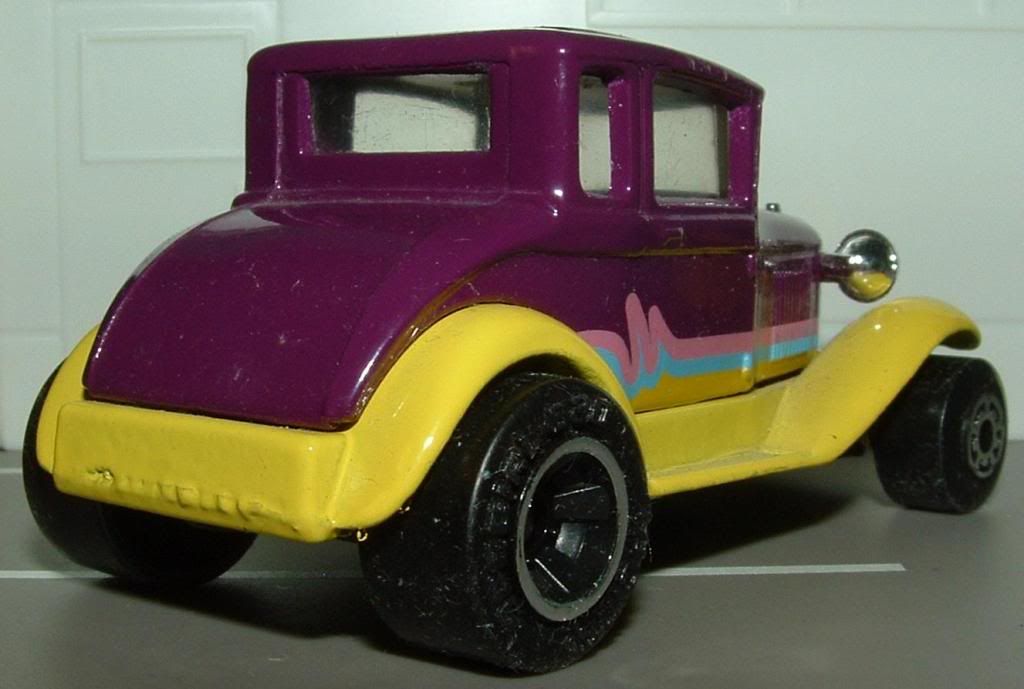
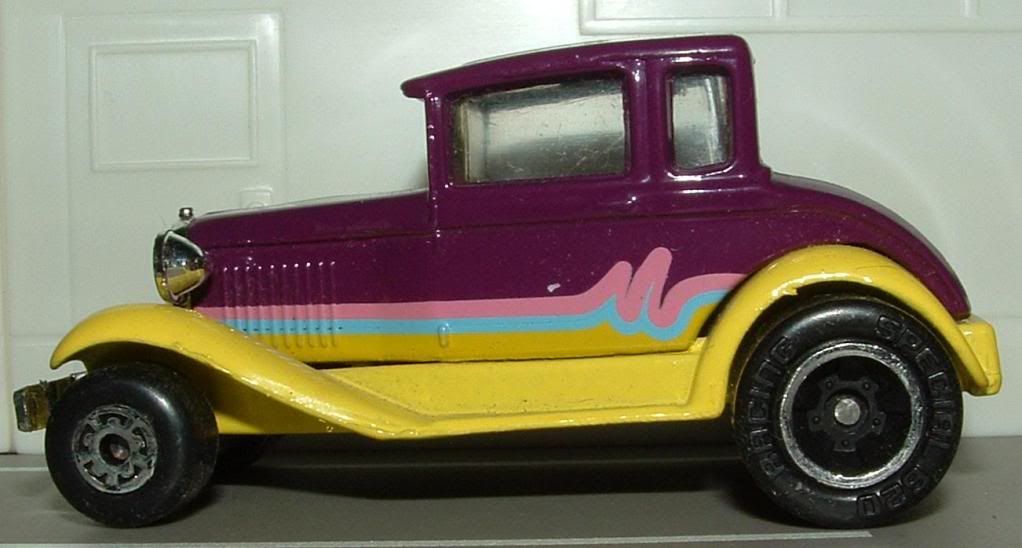
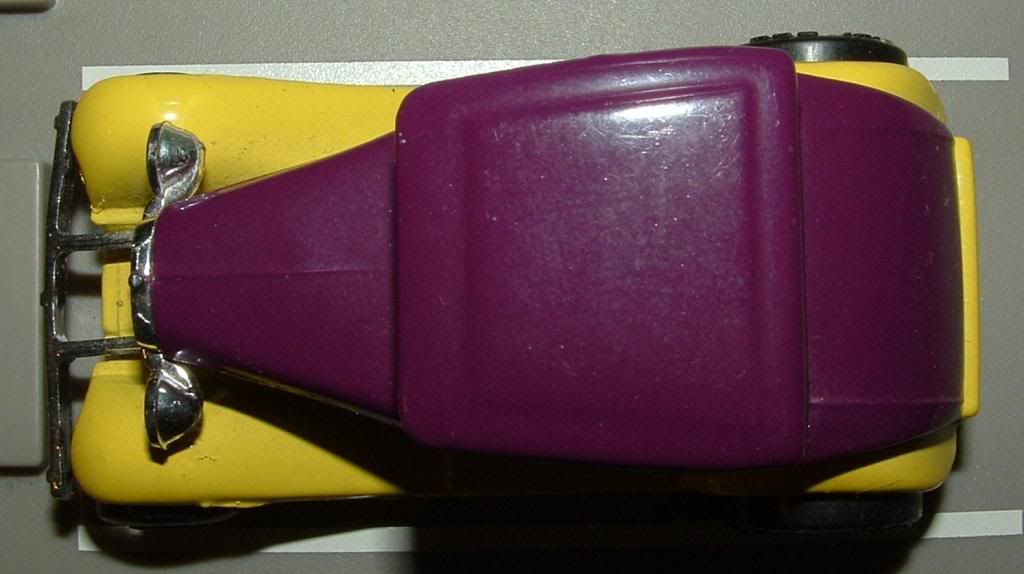
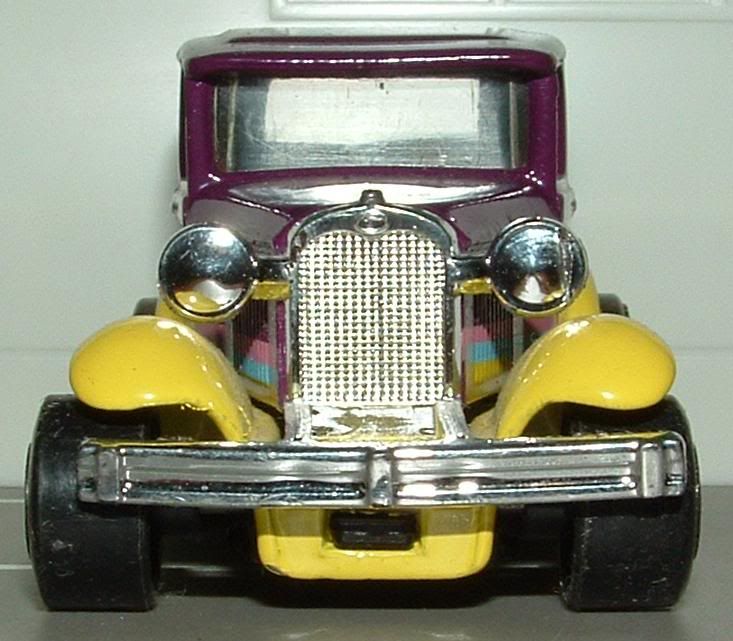
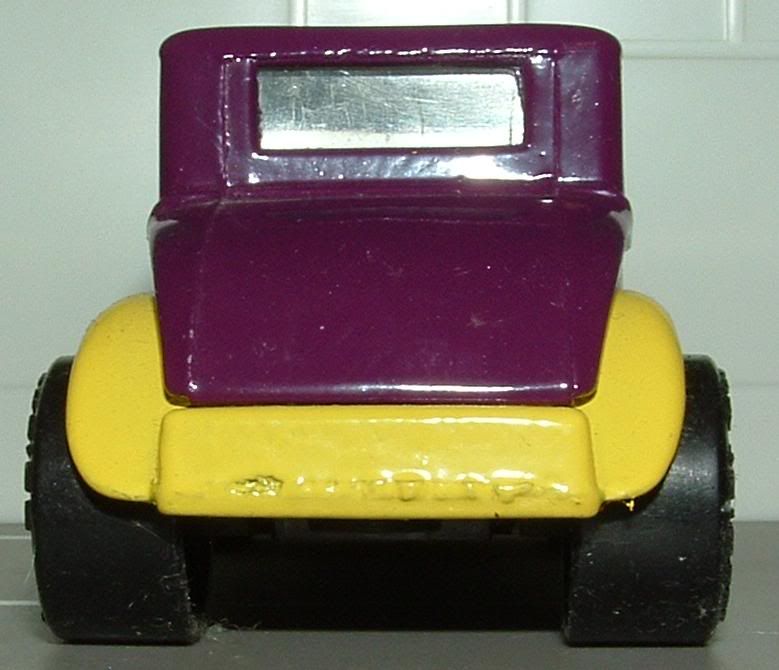
No comments:
Post a Comment